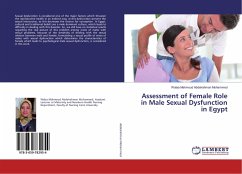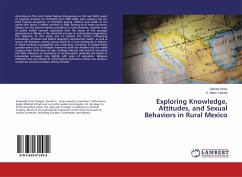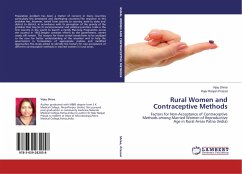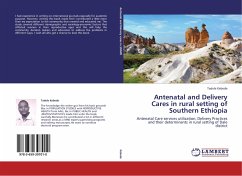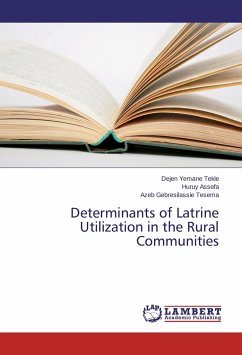Breast cancer and its hormone receptor subtypes vary in incidence globally with 5-10 times higher incidence in developed than in developing countries. Most risk factors of breast cancer are environmental involving increased exposure to estrogen. Known risk factors of breast cancer explain only 50% of the risk; other risk factors such as xenoestrogens which are environmental, estrogenic and development-related might be responsible for the remaining risk. We discovered 3-4 times higher incidence of breast cancer and hormone receptor positive breast cancer in urban areas than in rural areas of Egypt with the patterns of difference akin to those observed between developed and developing countries. Uterine cancer, whose main risk factor is also increased estrogen exposure, was 6 times higher in urban areas as well. In the absence of significant differences between urban and rural women with regards to reproductive factors, healthcare access and health behavior, differences in exposureto xenoestrogens might be the probable cause. Better studies and regulation of xenoestrogens is warranted. This book is useful for cancer (esp. breast) and environmental health researchers/epidemiologists
Bitte wählen Sie Ihr Anliegen aus.
Rechnungen
Retourenschein anfordern
Bestellstatus
Storno


